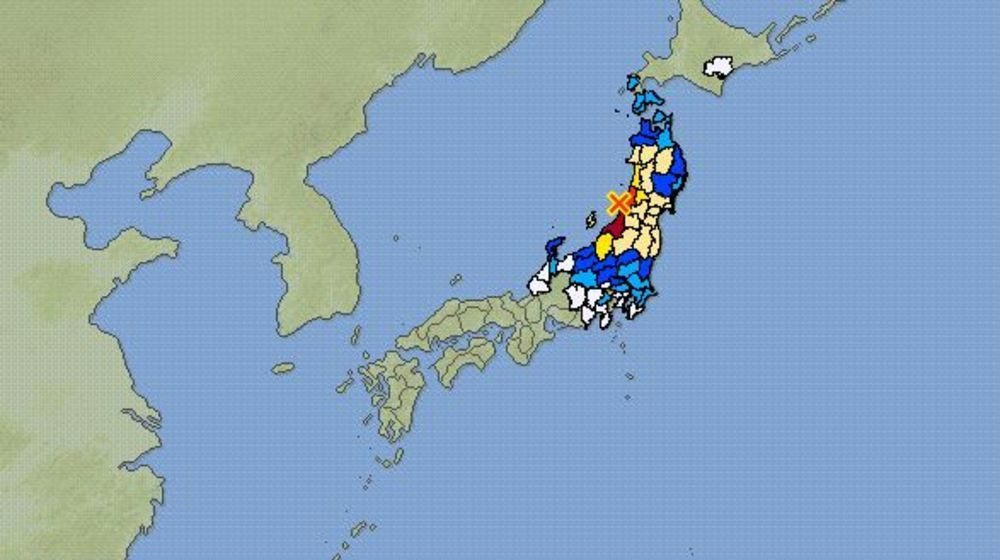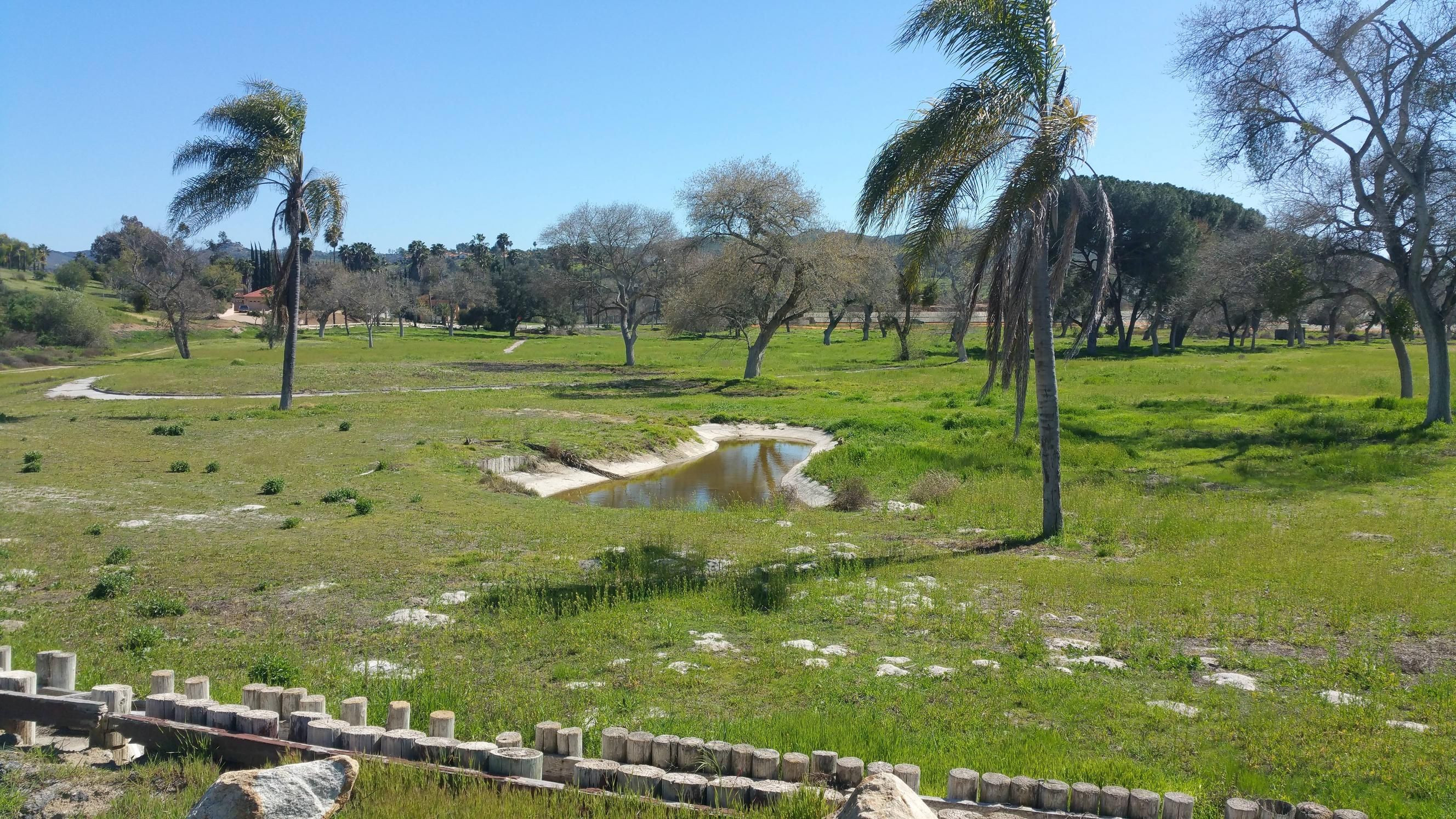Japan Earthquake: Tsunami Advisory and Evacuations
On Monday, January 13, 2025, a significant earthquake struck southwestern Japan, sending shockwaves through the region and prompting immediate responses from authorities and residents alike. The Japan Meteorological Agency (JMA) initially reported the magnitude as 6.9, later revising it down to 6.6. The epicenter of the quake was located off the coast of Miyazaki prefecture, in the island of Kyushu, at a depth of approximately 18.6 miles (30 kilometers). This significant seismic event triggered a tsunami advisory, leading to precautionary evacuations in coastal areas.
Initial Response and Tsunami Warnings
Following the earthquake, which struck at 9:19 p.m. local time (12:19 p.m. UK time), the JMA swiftly issued tsunami advisories for Miyazaki prefecture, the epicenter of the quake, and nearby Kochi prefecture on Shikoku island. The advisories urged residents in these coastal areas to evacuate to higher ground as a precautionary measure, highlighting the potential risk of tsunami waves. Initial reports from NHK TV indicated that a tsunami, reaching an estimated height of 3.2 feet (1 meter), had reached land within 30 minutes of the quake's occurrence. Measurements at Miyazaki Port registered a slightly lower wave height, at around 8 inches (20cm).
Evacuations and Precautions
Residents in the affected areas were urged to stay away from coastal areas, rivers, and other water bodies as the potential for repeated tsunami waves and their impact was unknown at the time. The warnings and precautions emphasized the repeated nature of tsunamis, stressing the need for vigilance and a sustained avoidance of potentially hazardous areas. The urgency of these warnings resonated with the community, leading to a relatively quick response and mobilization to safer locations. The warnings issued, even though later lifted, were not taken lightly.
Assessing the Damage and Aftermath
Fortunately, despite the initial alarm, Reports of significant damage or casualties were minimal. NHK TV reported one minor injury, with an individual sustaining slight wounds after falling down some stairs in Kyushu. Disruptions to transportation were also reported, with trains halting operations at Miyazaki Station, stranding a number of passengers. Despite the widespread area affected by the shaking, footage from NHK TV showed moving traffic and well-lit streets, indicating that power infrastructure remained largely functional in the area. Importantly, no problems were reported at the nuclear plants in the region after careful checks.
Impact on Infrastructure
The initial reports suggested minimal damage to infrastructure. Electric power continued to function normally, as evidenced by well-lit streets and moving traffic in NHK TV footage. This resilience of power infrastructure highlights the strength of the existing infrastructure against seismic activity, although this may not always hold true for stronger events.
The assessment of the quake’s impact on infrastructure and power systems underscores Japan’s continued efforts in implementing seismic-resistant building regulations and infrastructural designs. Such regulations are designed to mitigate the impact of seismic activity on the country’s infrastructure, a key aspect of Japan's disaster preparedness strategy.
Japan’s Seismic Activity and Preparedness
Japan's location along the “Ring of Fire,” a highly active seismic zone encircling the Pacific Basin, means it experiences numerous earthquakes. The country has a well-established system of earthquake monitoring and warning, along with stringent building codes designed to withstand significant seismic activity. This system, combined with regular emergency drills, enables swift responses to earthquake events and facilitates the mitigation of potential damage and loss of life.
Historical Context and Preparedness Measures
However, the country’s history of devastating earthquakes, most notably the 2011 Tohoku earthquake and tsunami that caused widespread devastation and the Fukushima nuclear disaster, reminds everyone that despite measures to minimize damage, the possibility of catastrophic events remains. This constant vigilance and proactive approach reflects a deep awareness of the ongoing risks associated with Japan's geographical location and its susceptibility to such catastrophic events. The country regularly conducts emergency drills, and strict construction regulations ensure buildings can withstand strong earthquakes. Yet, the memory of the 2011 Tohoku earthquake and tsunami – which caused around 18,500 deaths and the Fukushima nuclear disaster – serves as a potent reminder of the devastating consequences that even the most advanced preparedness cannot always fully prevent.
Ongoing Monitoring and Future Considerations
Experts at the JMA convened following the quake to assess its potential relation to the Nankai Trough, a region prone to major quakes. While no immediate extraordinary measures were taken, the agency is monitoring for possible aftershocks, anticipating increased likelihood in the next few days. The JMA also warned of potential landslides and falling objects, advising residents to exercise caution within their homes and surrounding environments. The possibility of further seismic activity in the days and weeks ahead is a key concern. Aftershocks can pose significant secondary hazards following a major earthquake, increasing the risk of damage to already compromised infrastructure and putting lives at further risk.
Lessons Learned and Future Outlook
This event serves as a reminder of the importance of preparedness and the ongoing need for investment in disaster resilience infrastructure and systems. The relatively minimal damage in this instance does not diminish the ever-present threat of larger scale seismic events. Japan's experience provides valuable lessons for other seismically active regions of the world on disaster risk reduction and management. The constant evaluation and adjustment of preparedness strategies, coupled with community awareness and engagement, remain crucial in minimizing potential damage and ensuring public safety.
The incident concluded without significant loss of life or catastrophic damage, underscoring the effectiveness of Japan's preparedness. However, the potential for future earthquakes should not be underestimated. The Ring of Fire's ongoing seismic activity means such events are likely to continue.

















